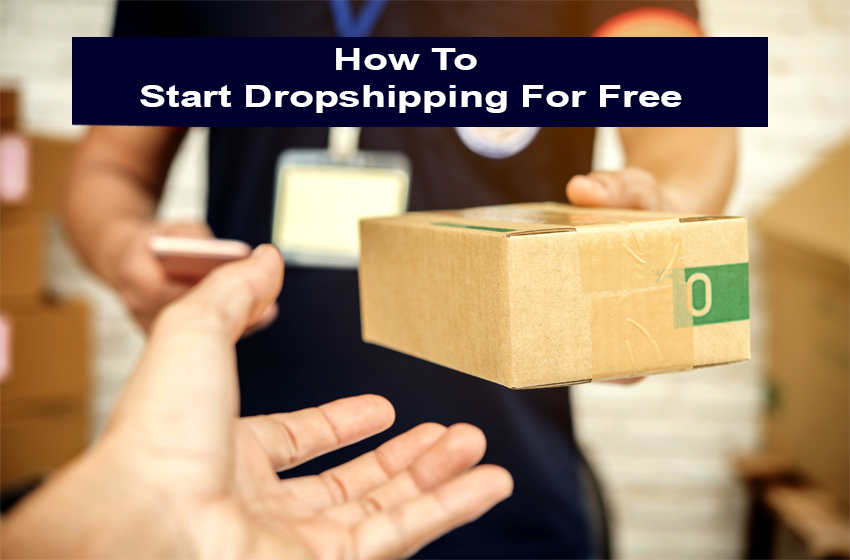Discover a five-step method to develop a sales strategy that entices, transforms, and sustains.
Table of contents
What is Sales Strategy
A sales strategy is a plan of action designed to achieve specific sales objectives, typically focused on increasing revenue, acquiring new customers, retaining existing ones, and maximizing profitability. It outlines the tactics, techniques, and methods that a business or sales team will use to reach its sales goals. This can include identifying target markets, defining value propositions, establishing pricing strategies, determining distribution channels, setting sales quotas, and implementing promotional activities.
Types of Sales Strategies
- Consultative Selling: This approach involves understanding the customer’s needs deeply and providing personalized solutions or recommendations, often through a collaborative and consultative sales process.
- Solution Selling: Similar to consultative selling, solution selling focuses on addressing customer pain points by offering comprehensive solutions rather than just products or services.
- Value-Based Selling: This strategy emphasizes communicating the value and benefits of a product or service to the customer, highlighting how it addresses their specific needs and delivers a return on investment.
- Relationship Selling: Relationship selling prioritizes building long-term relationships with customers based on trust, rapport, and mutual understanding. It often involves ongoing communication and support even after the sale is made.
- Transactional Selling: This approach focuses on making quick, one-time sales transactions with minimal interaction or customization. It’s often used for low-cost or commodity products/services.
- Inbound Selling: Inbound selling leverages content marketing, social media, and other inbound marketing tactics to attract potential customers and nurture them through the sales funnel, often by providing valuable information and resources.
- Outbound Selling: Unlike inbound selling, outbound selling involves reaching out to potential customers proactively through methods like cold calling, email outreach, or direct mail.
- Channel Sales: This strategy involves selling products or services through third-party channels such as distributors, resellers, or affiliates, expanding the reach and distribution network of the business.
- Cross-Selling and Up-Selling: These strategies involve selling additional products or services to existing customers (cross-selling) or encouraging them to upgrade to higher-value offerings (up-selling), thereby increasing the average transaction value.
- Account-Based Selling: In account-based selling, sales efforts are concentrated on targeting and engaging specific high-value accounts or companies, often involving a personalized and customized approach tailored to each account’s needs.
Why is a sales strategy important?
- Alignment with Business Objectives: A well-defined sales strategy ensures that sales efforts are aligned with overall business goals and objectives. It provides a roadmap for achieving revenue targets, market share growth, and other key performance indicators.
- Efficient Resource Allocation: By outlining specific tactics and priorities, a sales strategy helps in allocating resources—such as budget, personnel, and technology—more effectively.
- Targeted Approach: A sales strategy enables companies to identify and prioritize their target market segments more effectively. By understanding customer needs, preferences, and pain points, sales teams can tailor their approach to address specific customer requirements.
- Competitive Advantage: A well-crafted sales strategy helps businesses differentiate themselves from competitors.
- Consistency and Scalability: A sales strategy provides a consistent framework for sales activities across the organization. It establishes standardized processes, best practices, and performance metrics, which facilitate scalability and growth, especially as the business expands into new markets or segments.
- Adaptability to Market Changes: In a dynamic market environment, a sales strategy allows companies to adapt quickly to changes in customer preferences, market trends, and competitive landscape. It provides a structured approach for monitoring market dynamics and adjusting sales tactics accordingly.
- Enhanced Customer Relationships: A sales strategy focuses not only on acquiring new customers but also on nurturing existing relationships. By understanding customer needs and providing value-added solutions, sales teams can build trust, loyalty, and long-term partnerships with clients.
How to Start Dropshipping For Free – Without Money
How to create a sales strategy plan in 5 steps

Creating a sales strategy plan involves several key steps to ensure a comprehensive and effective approach. Here’s a simplified guide:
1Step : Define Objectives and Goals
- Clearly outline the objectives you want to achieve with your sales strategy.
- Set specific, measurable goals such as revenue targets, market share growth, or customer acquisition numbers.
2 Step : Understand Your Target Market
- Conduct thorough market research to identify your target audience.
- Analyze demographics, purchasing behavior, pain points, and preferences of your potential customers.
- Determine the unique selling propositions (USPs) that differentiate your product or service in the market.
3 Step : Develop Sales Tactics and Strategies
- Based on your understanding of the market and goals, devise specific tactics and strategies.
- Define your value proposition and positioning in the market.
- Determine the sales channels and methods you will utilize (e.g., direct sales, online sales, partnerships).
- Create a pricing strategy that aligns with your market positioning and value proposition.
4 Step : Implement Action Plans
- Break down your sales strategy into actionable steps and assign responsibilities.
- Develop a timeline for implementation, setting deadlines and milestones.
- Allocate resources effectively, including budget, personnel, and technology.
- Ensure clear communication and alignment across the sales team and other relevant departments.
5 Step : Monitor and Evaluate Performance
- Continuously track the performance of your sales strategy against the set goals.
- Utilize key performance indicators (KPIs) such as sales revenue, conversion rates, customer acquisition costs, and customer satisfaction.
- Regularly review and analyze data to identify areas of improvement and opportunities for optimization.
- Adjust your sales strategy as needed based on feedback, market changes, and emerging trends.
Unique Good Morning Wishes and Quotes in Hindi
Inbound vs. Outbound Sales Strategies
Inbound and outbound sales strategies represent two distinct approaches to engaging with potential customers and driving sales. Here’s a breakdown of each:
Inbound Sales Strategy:
1. Customer-Centric Approach: Inbound sales focuses on attracting and engaging potential customers through valuable content, educational resources, and personalized interactions. The emphasis is on understanding the needs and preferences of the target audience and providing relevant solutions.
2. Content Marketing: Content marketing plays a central role in inbound sales, with companies creating and distributing valuable content such as blog posts, videos, whitepapers, and webinars to attract and nurture.
3. Lead Generation: Inbound sales generates organically by capturing the interest of prospects who are actively seeking solutions to their problems or challenges. This often involves techniques such as search engine optimization (SEO), social media marketing, and email marketing.
4. Relationship Building: Inbound sales prioritizes building long-term relationships with prospects by providing helpful information, addressing their questions and concerns, and guiding them through the buyer’s journey.
5. Qualification and Nurturing: Inbound sales focuses on qualifying leads based on their level of engagement and readiness to purchase. Sales teams nurture leads by providing relevant information and guidance until they are ready to make a buying decision.
Outbound Sales Strategy:
1. Proactive Approach: Outbound sales involves proactively reaching out to potential customers through various channels such as cold calling, email outreach, direct mail, and advertising. The goal is to initiate contact with prospects and generate interest in the product or service.
2. Targeted Outreach: Outbound sales targets specific individuals or companies that fit the ideal customer profile. Sales teams conduct research to identify potential leads and tailor their messaging to address the needs and pain points of each prospect.
3. Lead Generation: Outbound sales relies on lead generation techniques such as prospecting, list building, and database management to identify and reach out to potential customers who may not be actively seeking solutions.
4. Persuasive Communication: Outbound sales requires effective communication and persuasion skills to capture the attention of prospects, overcome objections, and convey the value proposition of the product or service.
5. Follow-Up and Persistence: Outbound sales often involves multiple touchpoints and follow-up efforts to nurture leads and move them through the sales funnel. Sales teams must be persistent in their outreach efforts while also respecting the prospect’s time and preferences.
In summary, inbound sales focuses on attracting and engaging potential customers through valuable content and personalized interactions, while outbound sales involves proactively reaching out to prospects through targeted outreach and persuasive communication. Both strategies have their advantages and are often used in combination to create a comprehensive sales approach.








